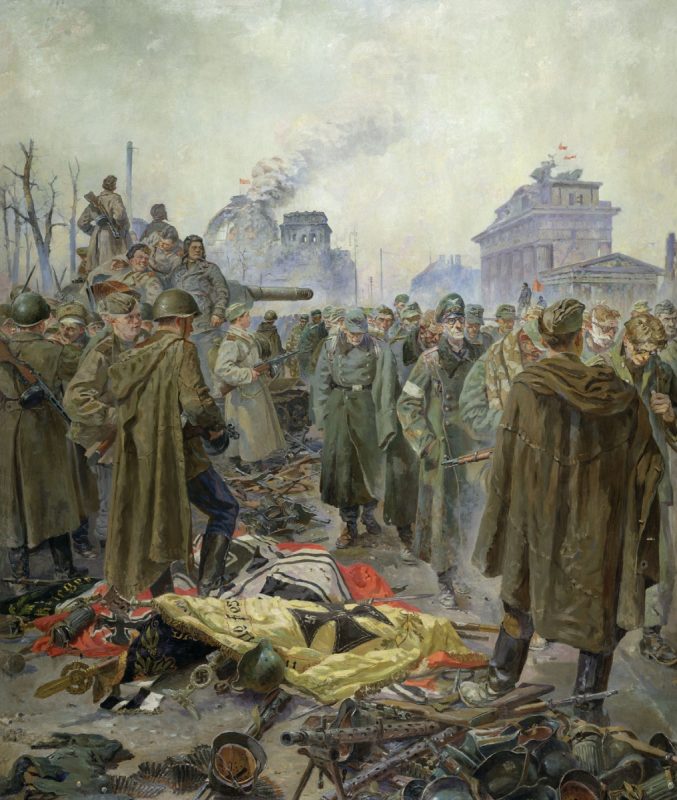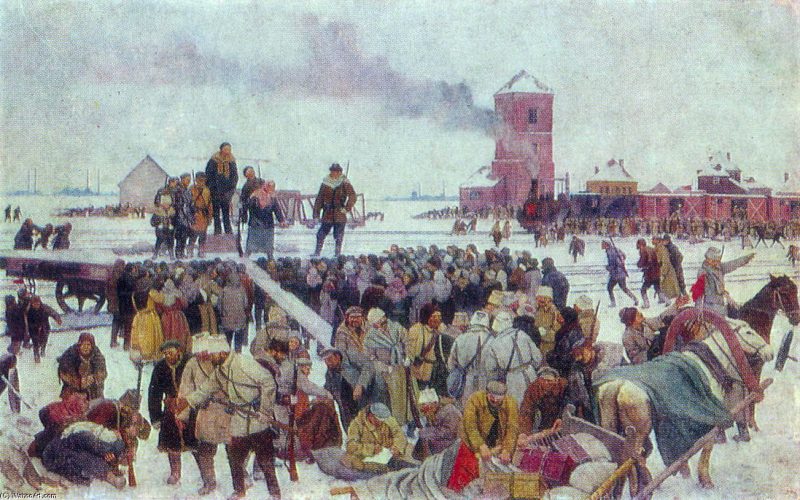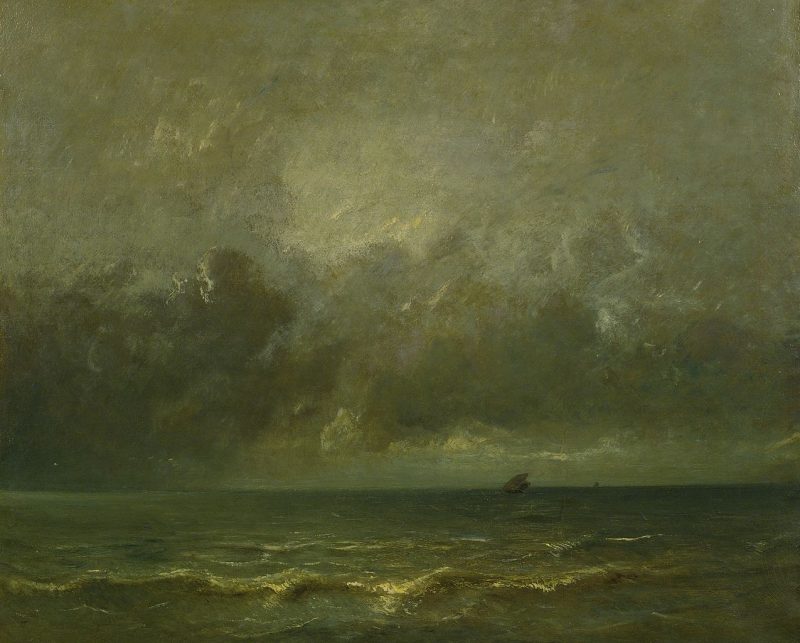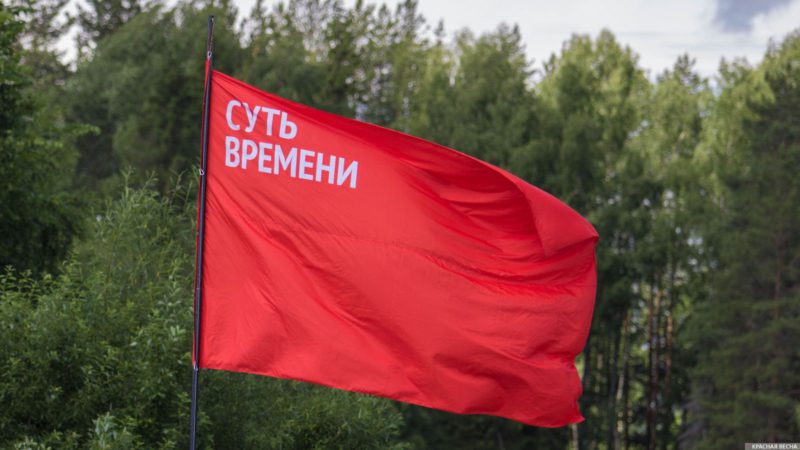1
This is the translation of the ten chapters from Volume II of the book Essence of Time. Each one of them contains Sergey Kurginyan’s thoughts about the essence of our time, about its metaphysics, its dialectics, and their reflection in the key aspects of relevant Russian and global politics. The central theme of the series is the search for paths and mechanisms to escape the systemic and global dead end for all humanity in all of its dimensions: from the metaphysical to the gnoseological, ethical, and anthropological. Thus, to escape the sociopolitical, technological, and economical dead end.
Chapter 11.

https://eu.eot.su/2018/03/01/essence-of-time-chapter-11/
Gramsci distinguishes between a war of position and what he calls a war of maneuver (which Lenin waged in 1917). A war of position for hegemony is necessary. Not for power, but for hegemony. And all that is indicated on the general map, which I had presented, all these specified types of activity, is precisely the very opportunity to combine the ideological struggle with the struggle for hegemony in society in the same exact way as how Gramsci understood it. That is the next stage in the development of Marxism, Leninism, and world political strategy in general.
Chapter 12.

https://eu.eot.su/2018/04/26/essence-of-time-chapter-12/
We hear voices from all around who say, “We feel that the end is near. We feel it, and we are nervous. We have a car, please use us. We have our hands. We have copy machines…”
What we need is your brains! Not just brains consumed with the energy of a disordered anxiety. You have to channel your justified anxiety into activity. Yes, we are coming to the edge. Yes, there is an abyss behind it. So what? You have finally awakened, and some kind of energy has begun flowing? Unless you channel your anxiety into activity, you will be working towards your own self-destruction, and in a manner of speaking, towards the destruction of everything.
Chapter 13.

https://eu.eot.su/2018/06/07/essence-of-time-chapter-13/
Not all of Russia surrendered. There are young people growing up, who understand what they are being doomed to, and they understand to an even greater extent that the horde is preparing for a new not even raid, but for a most powerful of invasions, a new and final invasion. And after this there will be no country. And we must stop it in its tracks.
Chapter 14

https://eu.eot.su/2018/08/16/essence-of-time-chapter-14/
The de-Stalinizers looked pale, very sad and depressed, precisely because they knew perfectly well that I was not lying. I am not bluffing, I do not create myths, I am not engaging in manipulating consciousness – I want to know the state of affairs in our society. And not just myself alone, but all those who joined this poll. And we found out. This is the most objective data to be obtained over many, many years.
Chapter 15

https://eu.eot.su/2018/11/23/essence-of-time-chapter-15/
Modernity voiced its main thesis: life is hopeless. You want to believe in something? Fine, that’s your own private business. But we (Modernity) are building everything on the basis of inconsolability. We all live and die here. Our fate is death!
The Russians ask (and now, the whole world with them, for this inconsolability managed to live for a century, but then everything stopped), “Why then? Why do we need all these riches if we are all going to die? Why do we need all this?”
Chapter 16

https://eu.eot.su/2019/02/28/essence-of-time-chapter-16/
The point of “de-Stalinization” is the key point of the global process. Nobody cares about Stalin; everyone cares about revising the results of World War II, and about building a new type of world on this foundation, in which Russia, if it allows this revision, will not have a place.
Chapter 17

https://eu.eot.su/2019/06/27/essence-of-time-chapter-17/
Perestroika was an abomination, during which the authorities were consciously destroying the country. But then we need to give a complete explanation about how exactly they destroyed it…
Chapter 18

https://eu.eot.su/2019/09/13/essence-of-time-chapter-18/
The regress began with the fall. The fall began the moment when the historical path, the historical ideal was abandoned. The people’s brains were then subjected to a shock. And the people, having lost their minds, were defeated at this moment of temporary insanity.
Chapter 19

https://eu.eot.su/2019/12/19/essence-of-time-chapter-19/
“Save yourself, and around you thousands will be saved.” We have to say today that the consciousness and the worldview have sustained serious damage. The essence of this damage lies in a severe historical inferiority complex imposed on our people.
Chapter 20

https://eu.eot.su/2020/03/03/essence-of-time-chapter-20/
Perestroika is a global phenomenon. This is not one perestroika, but a plurality of perestroikas. The chain of these perestroikas is supposed to build an entirely new and unprecedentedly inhumane order.




